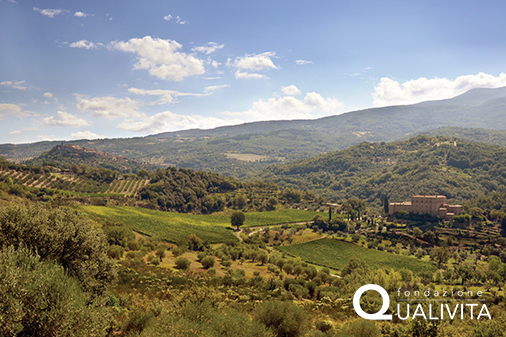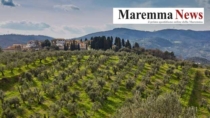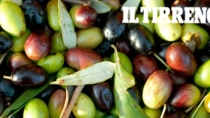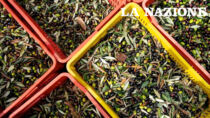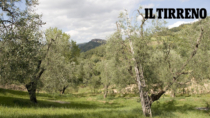Description
Seggiano PDO extra virgin olive oil is obtained from the Olivastra Seggianese olive variety, which make up at least 85% of the olive groves.
Production Area
The production area of Seggiano PDO extra virgin olive oil is within the administrative territory of the municipalities of Arcidosso, Castel del Piano, Cinigiano, Roccalbegna, Santa Fiora, Seggiano, Semproniano and part of Castell’Azzara in the Province of Grosseto, in the Tuscany region.
Production Method
Harvesting can take place between the first ripening of the olives and January 15th, although it is usually completed by the end of November. The olives are harvested either by hand or with the use of machines. The use of permanent nets is not permitted and olives that have fallen to the ground cannot be collected. They must be transported to the mills either in crates or rigid containers and processed within 48 hours, after the olives have been stripped of the leaves and washed. At the mill, the olives must be stored outdoors or in special ventilated areas so as to avoid overheating and/or fermentation. Before bottling or packaging, the oil must be stored in stainless steel recipients, thereby avoiding undesired variations in the typical organoleptic properties of the product.
Appearance and Flavour
Seggiano PDO extra virgin olive oil is green with golden yellow hues. It has a fresh fruity smell, with notes of grass and artichoke, and secondary aromas of white fruit; the flavour is clean and olivey, with a perfect balance between bitterness and piquancy.
History
The first historical reference to the use of Seggiano as a place name can be found in a document written by Abbot Fatteschi, in which he recounts how the land of the Castle of Seggiano was "planted with olive trees" by the Abbot of the Abbey of S. Salvatore, in AD 858 or, according to others, AD 903. However, the number of olive trees planted began to increase significantly during the 18th century, due to the more consistent trading of the product. At the end of the 18th century, Giorgio Santi wrote the following about Seggiano in his book Viaggio a Monte Amiata: “its hillside is adorned with beautiful olive groves, which give life to extremely old and extraordinary olive trees”. The establishment and consolidation of this olive variety, the only variety grown up until a short time after the Second World War and today the most cultivated, was given to the tree’s ability to adapt to the particular climatic conditions on the south-western side of Mount Amiata, where its proximity to the sea is contrasted by severe frosts and heavy snowfall in winter and spring.
Gastronomy
Seggiano PDO extra virgin olive oil should be kept in a cool place away from direct light and heat sources. Its organoleptic properties make it particularly suitable for dressing salads, vegetables and fish, as well as in pasta-based dishes and, curiously, cakes or biscuits.
Marketing
The product is marketed as Seggiano PDO extra virgin olive oil. It is sold in glass or tin plate recipients with a capacity of no more than 5 litres. The production year must be indicated on the label. The specific guarantee mark, which consists of a unique alphanumeric code that ensures the traceability of the product, must be on the packaging.
Distinctive Features
Aside from its organoleptic properties, Seggiano PDO extra virgin olive oil is also distinguished by its nutritional properties due to the high content of antioxidants.





